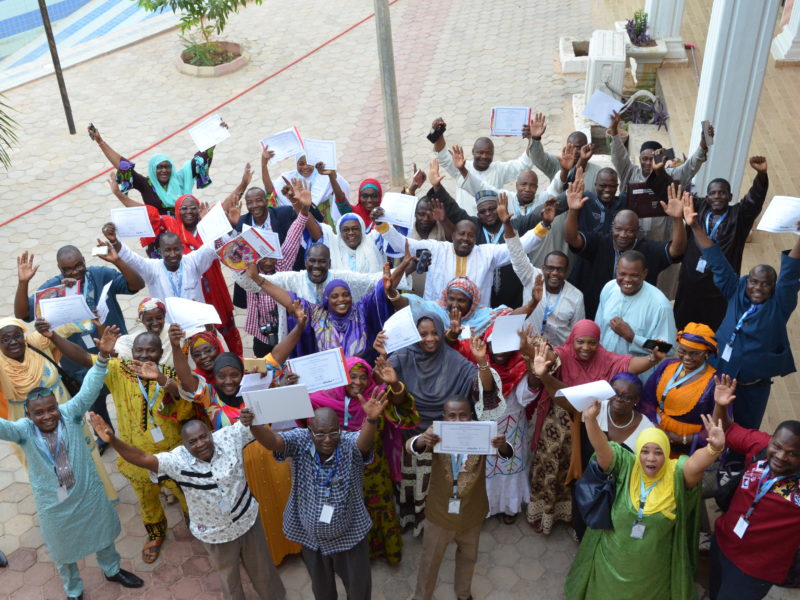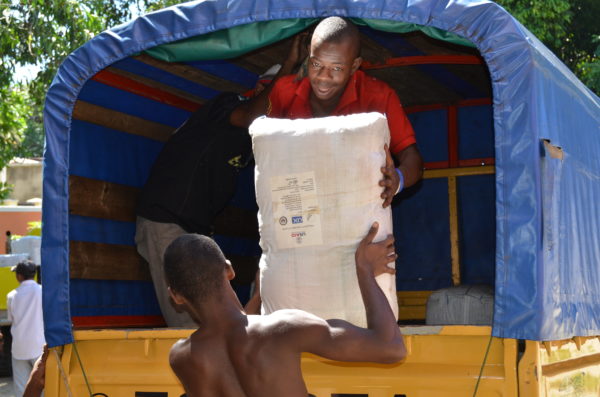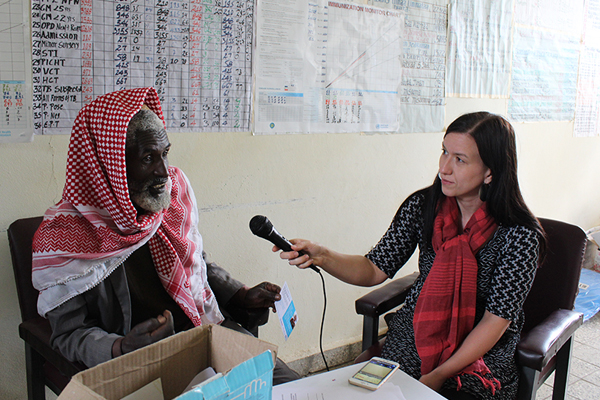From many distant villages, women gather at the local health facility in a small village in central Madagascar for prenatal consultation. A Peace Corps volunteer (PCV) joins the women in the waiting area, located under a baobab tree, and sets up an interactive lesson plan on malaria. The activity gains the interest of the women, who gather around. The PCV asks for volunteers from the group to participate in an interactive activity that underscores the importance of sleeping under a bed net through a play.
There are many health Peace Corps Volunteers that work on malaria all over the world but, until recently, there has not been formal collaboration between USAID’s President Malaria Initiative and the Peace Corps. In April, U.S. Agency for International Development Administrator Dr. Rajiv Shah, Peace Corps Director Aaron Williams and U.S. Global Malaria Coordinator Rear Admiral Tim Ziemer, announced an enhanced collaborative effort to reduce the burden of malaria in Africa. In response to this new partnership, the Johns Hopkins University Bloomberg School of Public Health Center for Communication Programs (JHU∙CCP) and its global malaria team began collaborating with Peace Corps Response Volunteers, who are serving a third year in the Peace Corps. JHU∙CCP is particularly excited about this collaboration because thirty JHU∙CCP staff members, and seven of the nine staff who work specifically on malaria-focused projects, are returned Peace Corps Volunteers.
In late May, JHU∙CCP’s malaria team supported a Peace Corps training held in Dakar, Senegal. JHU∙CCP trained PCVs on networking with malaria control organizations and individuals, policy and advocacy, the history of malaria control, behavior change communication (BCC), and monitoring and evaluation (M&E). The presentations will be used in future malaria trainings for Peace Corps volunteers. The Peace Corps training group visited the National Malaria Control Program and NetWorks universal coverage distribution sites. Logistics, BCC for malaria interventions and distributions were observed first hand by these Peace Corps Response volunteers. In Senegal, the NetWorks project is working with Peace Corps volunteers on tracking the condition of nets in some Peace Corps areas.
This partnership is enabling interested Peace Corps volunteers, who are eager to work on malaria prevention and interventions, to train and collaborate with projects such as NetWorks which are engaged directly in mass distribution, BCC and M&E. In Tanzania, a JHU∙CCP project is working with two PCVs as well as placing a Peace Corps Response Volunteer within the COMMIT project. Volunteers can now use community drama experiences that take place under a baobab tree to make a real impact, and large-scale malaria projects can profit from the intimate knowledge of the communities, culture and language, and enthusiasm brought by the volunteers.





